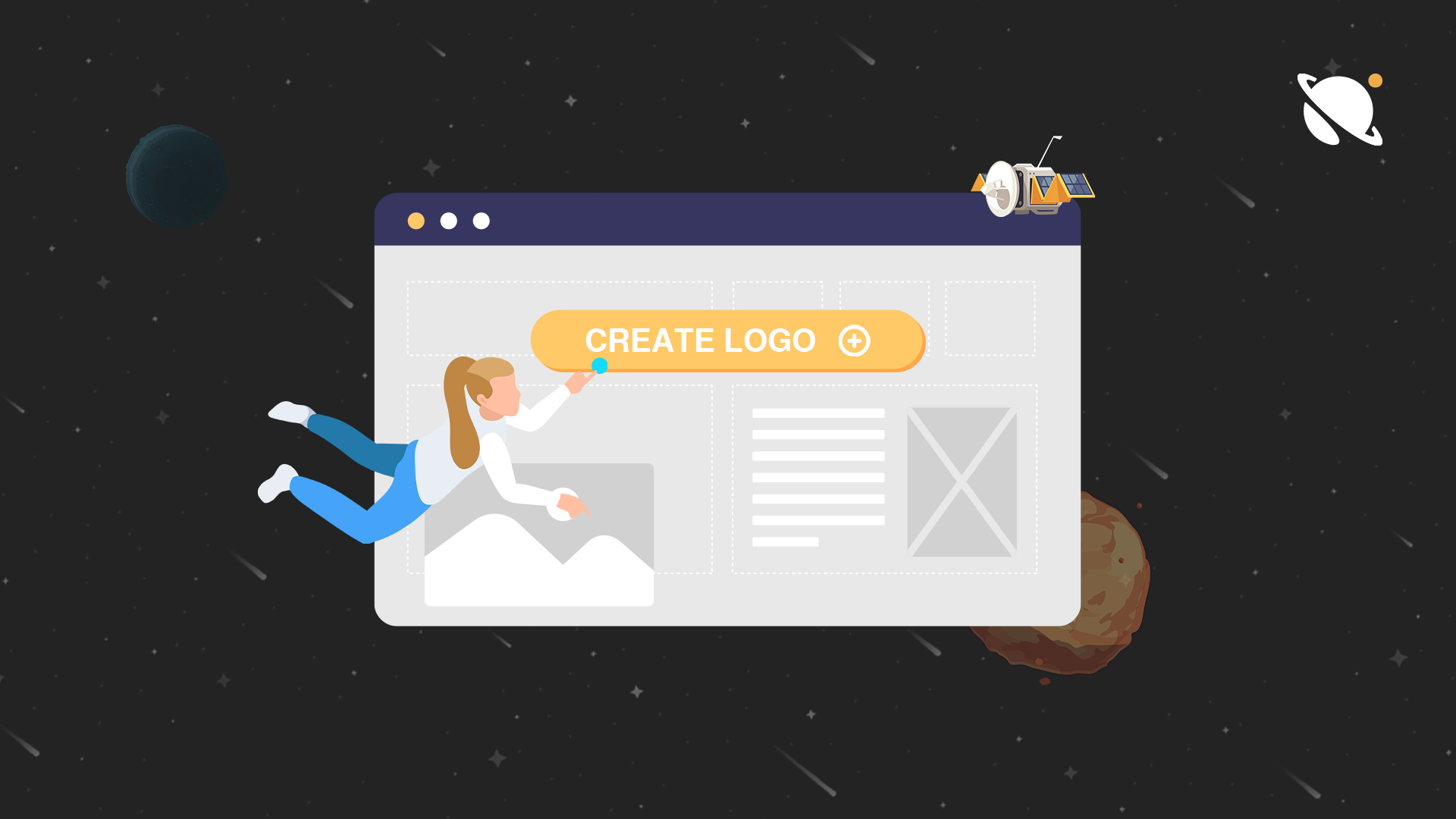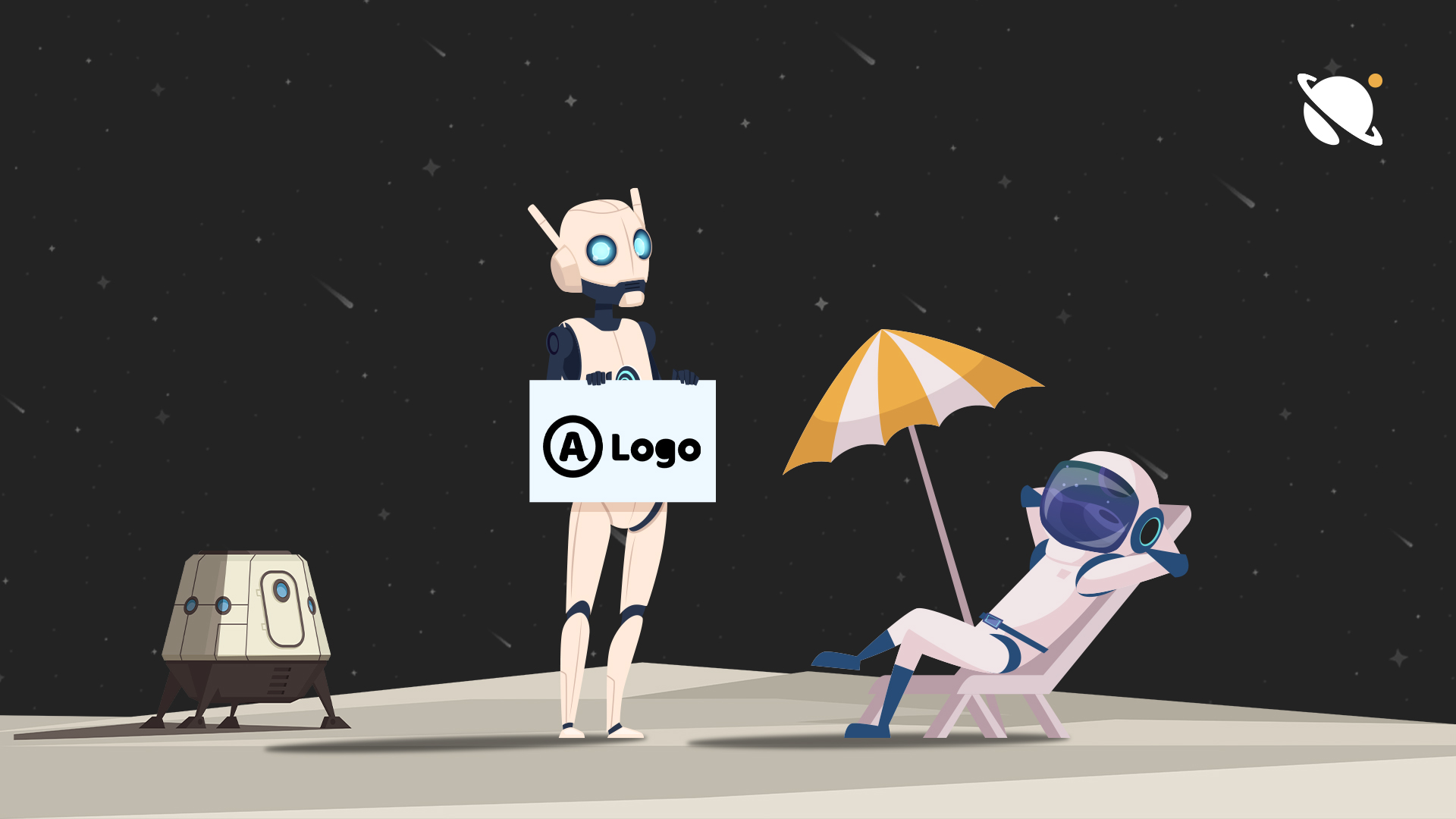Artificial intelligence (AI) is revolutionizing many industries, and the design industry is no exception. AI-powered design tools are transforming the way designers approach tasks and problem-solving. These tools are streamlining the process, enabling designers to work more efficiently and effectively, and delivering better results. In this article, we will explore the impact of AI-powered design tools on the process and how they are changing the way we approach tasks and problem-solving.
AI-Powered Design Tools: What are They?
AI-powered design tools are software applications that use machine learning algorithms to assist designers in various tasks. These tools have been programmed to learn from input data and generate options based on that data. By automating specific tasks, such as creating wireframes, generating layout options, selecting colors and fonts, and even creating entire design compositions, these tools are streamlining the process and allowing designers to work more efficiently.
AI-powered design tools are typically trained on large datasets of design-related information, such as images, color schemes, font styles, and user interaction data. The machine learning algorithms used in these tools analyze this data to learn the patterns and relationships between design elements. This allows the tools to generate options that are optimized for user experience and interaction.
These tools can be used in various design disciplines, including graphic design, web design, and product design. They can assist designers in creating various elements, such as logos, brochures, websites, mobile apps, and even physical products. AI-powered design tools can also help designers test different options and make data-driven decisions on the best solution.

Here are some examples of AI-powered design tools:
- Canva: Canva is an online tool that uses machine learning algorithms to generate design options for various tasks, such as creating logos, social media posts, and marketing materials.
- Adobe Sensei: Adobe Sensei is a suite of AI-powered tools developed by Adobe to assist designers in various tasks, such as automating repetitive tasks, suggesting elements, and generating options.
- Figma: Figma is a collaborative design tool that uses machine learning to help designers work more efficiently. Figma’s “Autolayout” feature uses machine learning algorithms to automatically adjust elements based on changes to the design.
- Artisto: Artisto is an AI-powered mobile app that transforms photos and videos into artistic masterpieces. The app uses machine learning algorithms to apply various artistic styles to images and videos.
These are just a few examples of the many AI-powered design tools available in the market today. As the technology continues to advance, we can expect to see even more innovative AI-powered design tools that will transform the industry.
The Impact of AI-Powered Design Tools on the Design Process
- Increased Efficiency and Speed
One of the most significant impacts of AI-powered design tools is their ability to increase the speed and efficiency of the process. These tools can automate repetitive tasks, allowing designers to focus on more critical aspects of the process, such as creativity, innovation, and problem-solving.
- Better Design Results
AI-powered design tools can help designers generate designs that are optimized for user experience and user interaction. These tools use machine learning algorithms to analyze data and predict how users will interact with it. This data can then be used to generate options that are more likely to lead to better user engagement and conversion rates.
- Improved Collaboration
AI-powered design tools can facilitate collaboration between designers and other stakeholders, such as developers, project managers, and clients. These tools can provide a shared workspace where all stakeholders can access and collaborate in real-time.
- Cost Savings
AI-powered design tools can save companies money by automating tasks that would otherwise require human resources. This can lead to reduced labor costs and increased profitability.
- Increased Accessibility
AI-powered design tools can make design more accessible to people who do not have formal design training. These tools can assist non-designers in creating solutions that are visually appealing, effective, and relatively cheap.
How AI-Powered Design Tools are Changing the Way we Approach Design Tasks and Problem-Solving
- Shifting the Focus from Process to Outcome
AI-powered design tools are shifting the focus of the process from process-oriented tasks to outcome-oriented tasks. These tools are automating the technical aspects of design, allowing designers to focus on more creative and innovative aspects of design.
- Encouraging Experimentation and Exploration
AI-powered design tools are encouraging designers to experiment and explore more. These tools can generate multiple options quickly and efficiently, allowing one to explore various alternatives and select the best solution.
- Reducing Bias
AI-powered design tools can help reduce bias in design. These tools can analyze data and provide options that are optimized for user experience, regardless of gender, race, or cultural background.
- Providing New Design Opportunities
AI-powered design tools are creating new opportunities. These tools can generate designs that were previously impossible to create manually, such as complex visualizations and data-driven designs.
Will AI-powered design tools replace human designers?
The emergence of these AI-powered tools has led to a debate over whether they will eventually replace human designers. While these tools are becoming increasingly popular in the industry, it’s important to note that they are not a replacement for human creativity and innovation.
AI-powered tools can assist in various tasks, such as generating options, automating repetitive tasks, and testing different options. However, they cannot replace the creative thinking and problem-solving skills of human designers.
Design is a complex and nuanced field that requires human judgment and expertise. Designers are not just responsible for creating aesthetically pleasing designs, but they also need to consider user experience, accessibility, and business goals. These tools can generate options, but they cannot replace the critical thinking and decision-making skills required to create effective designs.

Moreover, AI-powered design tools are only as good as the data they are trained on. If the data is biased or incomplete, the options generated by the tool may not be optimal. Human designers are able to apply their judgment and experience to ensure that the options generated by these tools are appropriate and effective.
In addition, there are certain design tasks that require human creativity and intuition that AI-powered design tools cannot replicate. For example, a human designer may be better suited to create a unique and memorable brand identity or to come up with an innovative product concept.
Therefore, while AI-powered tools are transforming the industry, it’s unlikely that they will replace human designers in the foreseeable future. Rather, they will be a complement to human creativity and innovation, allowing them to work more efficiently and effectively. The collaboration between AI-powered design tools and human designers will lead to a more productive and innovative process.
Conclusion
AI-powered design tools are transforming the process and changing the way designers approach tasks and problem-solving. These tools streamline the process, increase efficiency and speed, improve collaboration, and deliver better results. They are also encouraging experimentation and exploration, reducing bias, and providing new opportunities. As AI technology continues to advance, we can expect to see even more significant impacts of AI-powered tools on the industry. Designers who embrace AI-powered tools and use them to complement their creative thinking and problem-solving skills will be better positioned to succeed in the rapidly evolving design industry.

